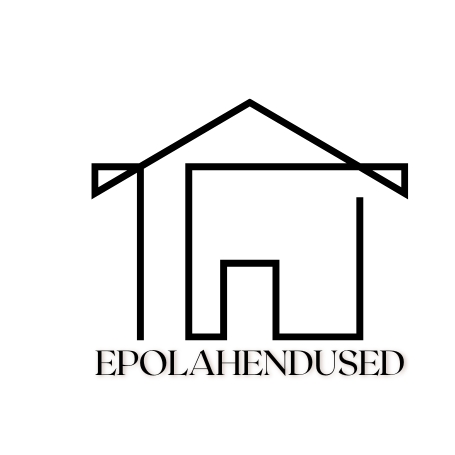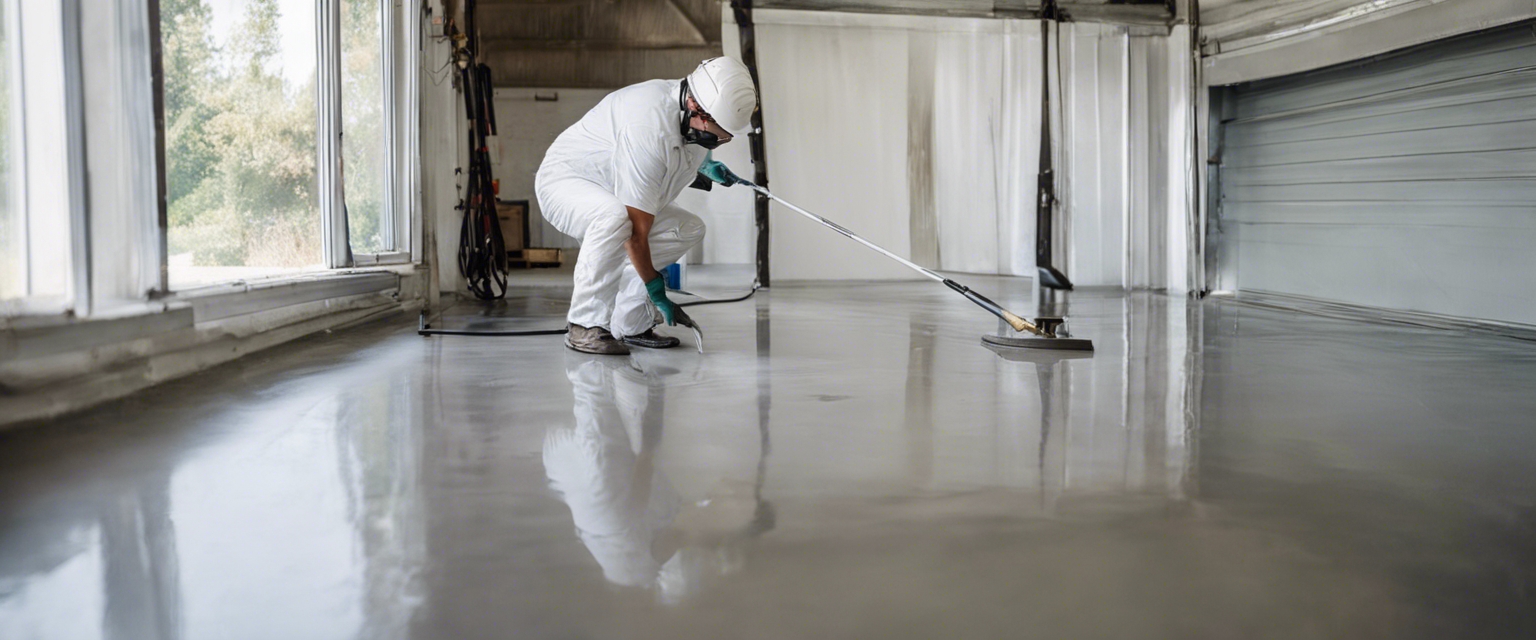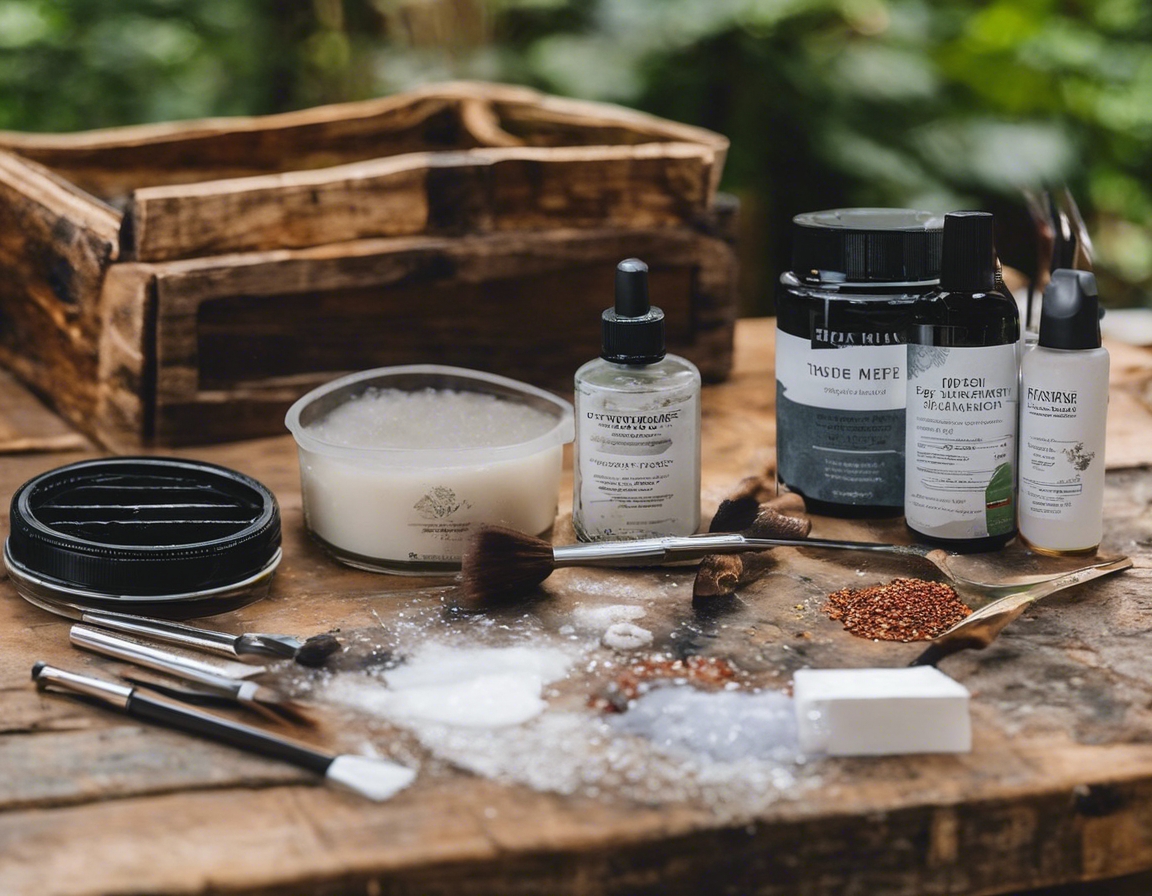The environmental benefits of choosing the right coating
In the quest for sustainability, the construction and manufacturing industries are increasingly recognizing the importance of eco-friendly coatings. These coatings not only protect surfaces from wear and tear but also offer significant environmental benefits that align with the values of environmentally conscious companies and individuals.
Traditional coatings often contain high levels of volatile organic compounds (VOCs) and other harmful chemicals that can pose risks to the environment and human health. The release of these substances during application and over the lifespan of the coating contributes to air pollution and can lead to a range of ecological issues.
The Environmental Advantages of High-Quality Coatings
One of the primary environmental benefits of selecting the right coating is the reduction in VOC emissions. High-quality, low-VOC coatings minimize the release of these harmful chemicals, thereby improving air quality and reducing the impact on the ozone layer.
Coatings that are designed to last not only extend the life of the surfaces they protect but also reduce the frequency of reapplication. This means less production, transportation, and waste, ultimately leading to a smaller environmental footprint.
Some coatings offer thermal insulation properties, which can contribute to energy efficiency in buildings. By reducing the need for heating and cooling, these coatings can significantly lower energy consumption and greenhouse gas emissions.
By extending the life of materials and structures, sustainable coatings contribute to resource conservation. They prevent the need for premature repairs or replacements, thus conserving raw materials and reducing the demand on natural resources.
Choosing the Right Coating for Environmental Benefits
When selecting a coating, it is crucial to consider factors such as the product's VOC content, the durability, and the environmental impact of its production and disposal. Choosing coatings with eco-friendly certifications can also be a reliable way to ensure environmental responsibility.
Advancements in technology have led to the development of coatings that are not only more effective but also more environmentally friendly. Innovations such as water-based coatings and nano-coatings are setting new standards for sustainability in the industry.
Compliance with environmental standards and obtaining certifications like LEED, Green Seal, or the EU Ecolabel can serve as a guide for choosing coatings that meet stringent environmental criteria.
Implementing Sustainable Coating Solutions
Proper application is essential to maximize the environmental benefits of sustainable coatings. Techniques that minimize waste and ensure efficient use of the product are key to an eco-friendly application process.
Maintenance practices that extend the life of the coating and the substrate it protects are integral to the sustainability of the coating system. Lifecycle management approaches can help in making informed decisions about when to maintain or replace coatings to optimize environmental outcomes.
The coatings industry is continuously evolving, with research and development focused on creating even more sustainable and high-performing products. Staying informed about these trends is crucial for companies looking to make environmentally responsible choices.






Comments (0)